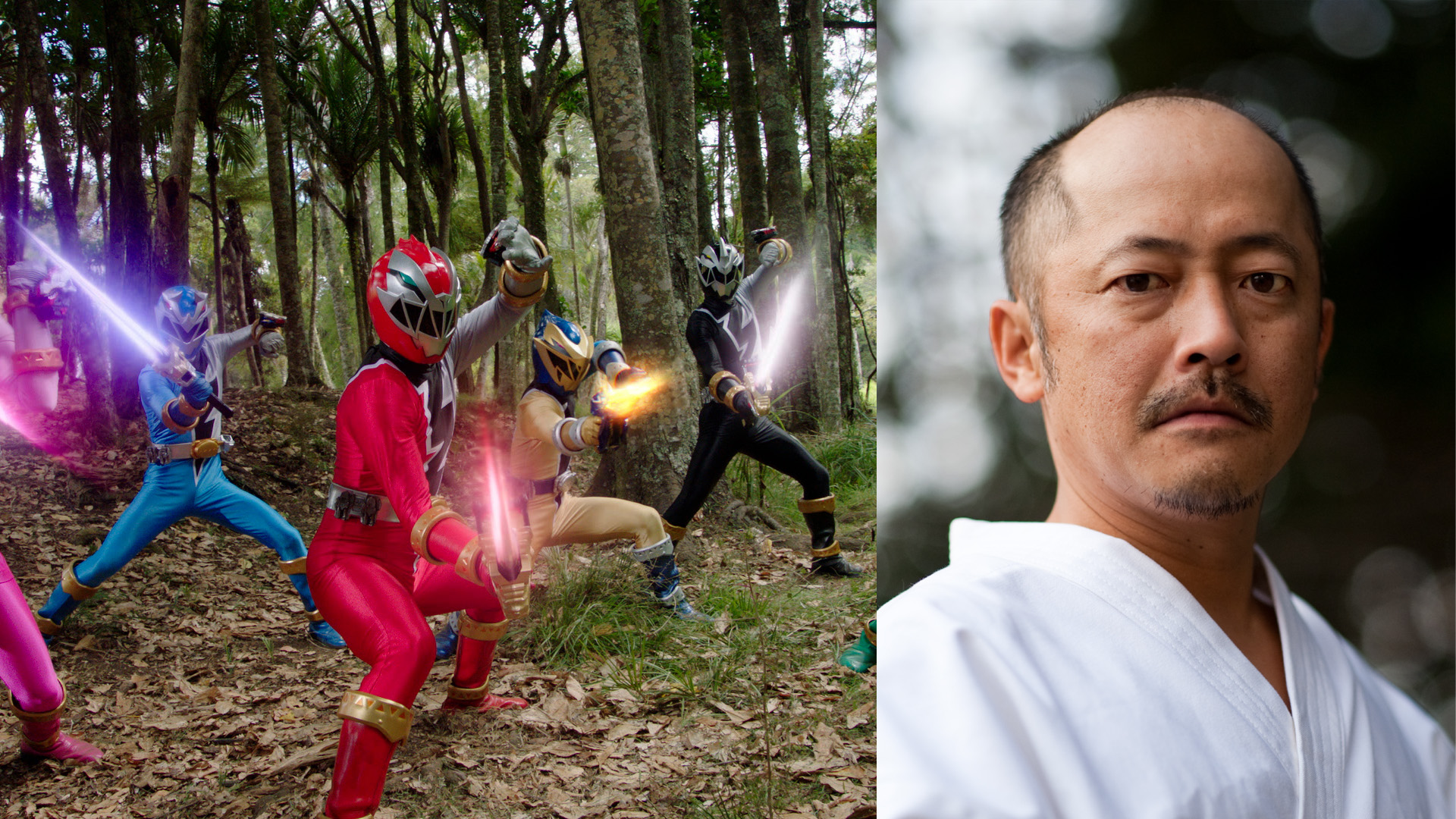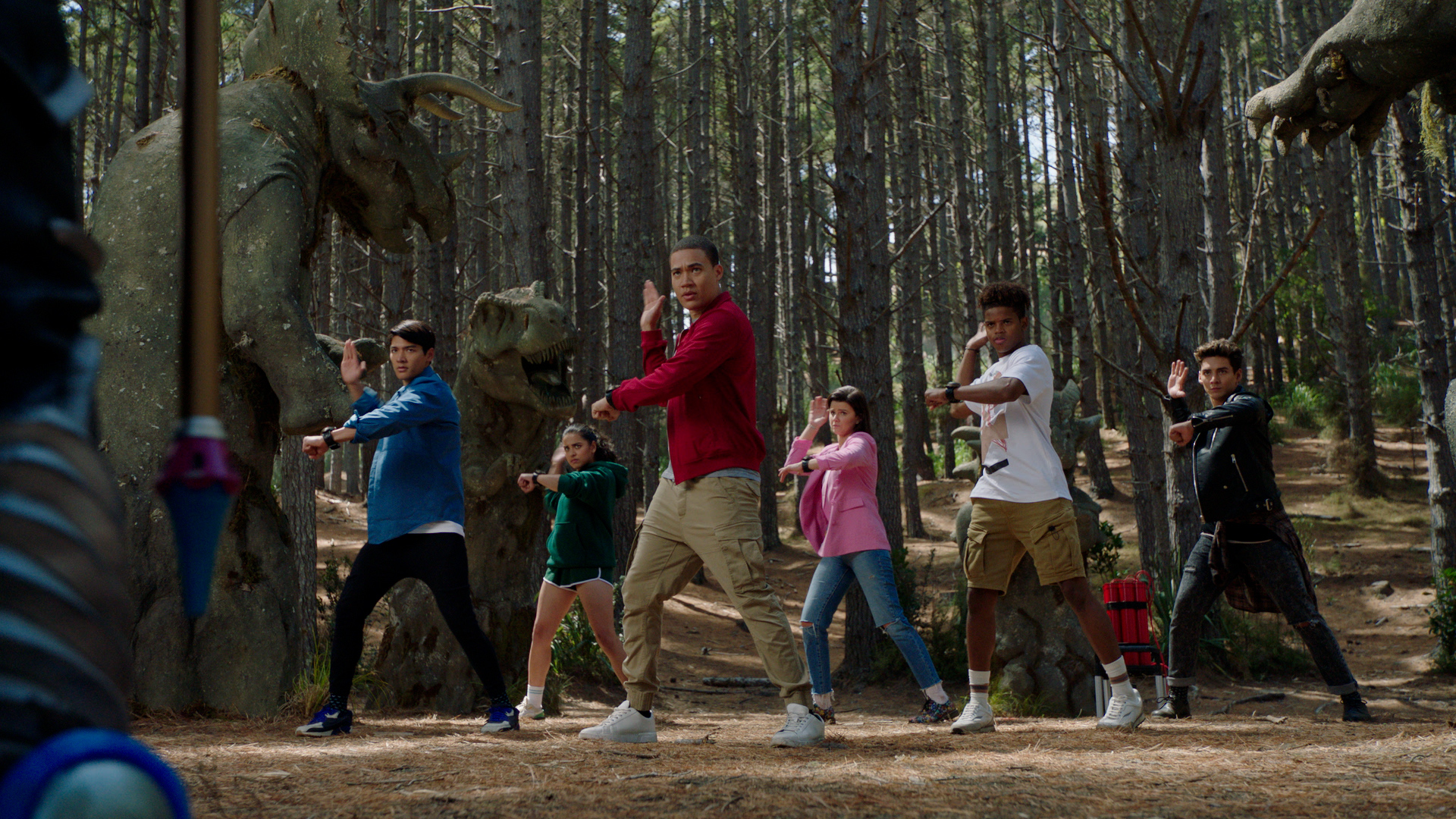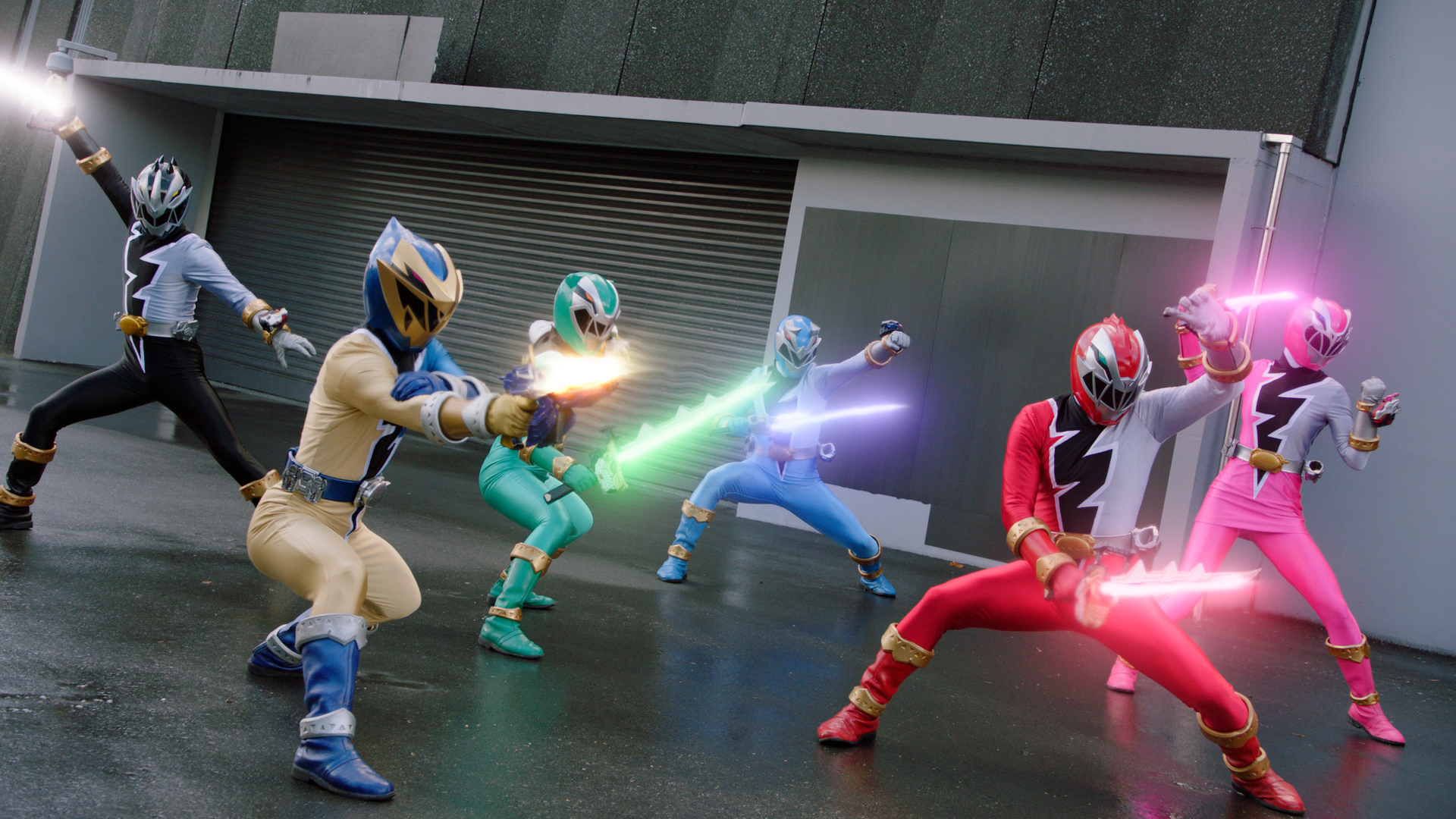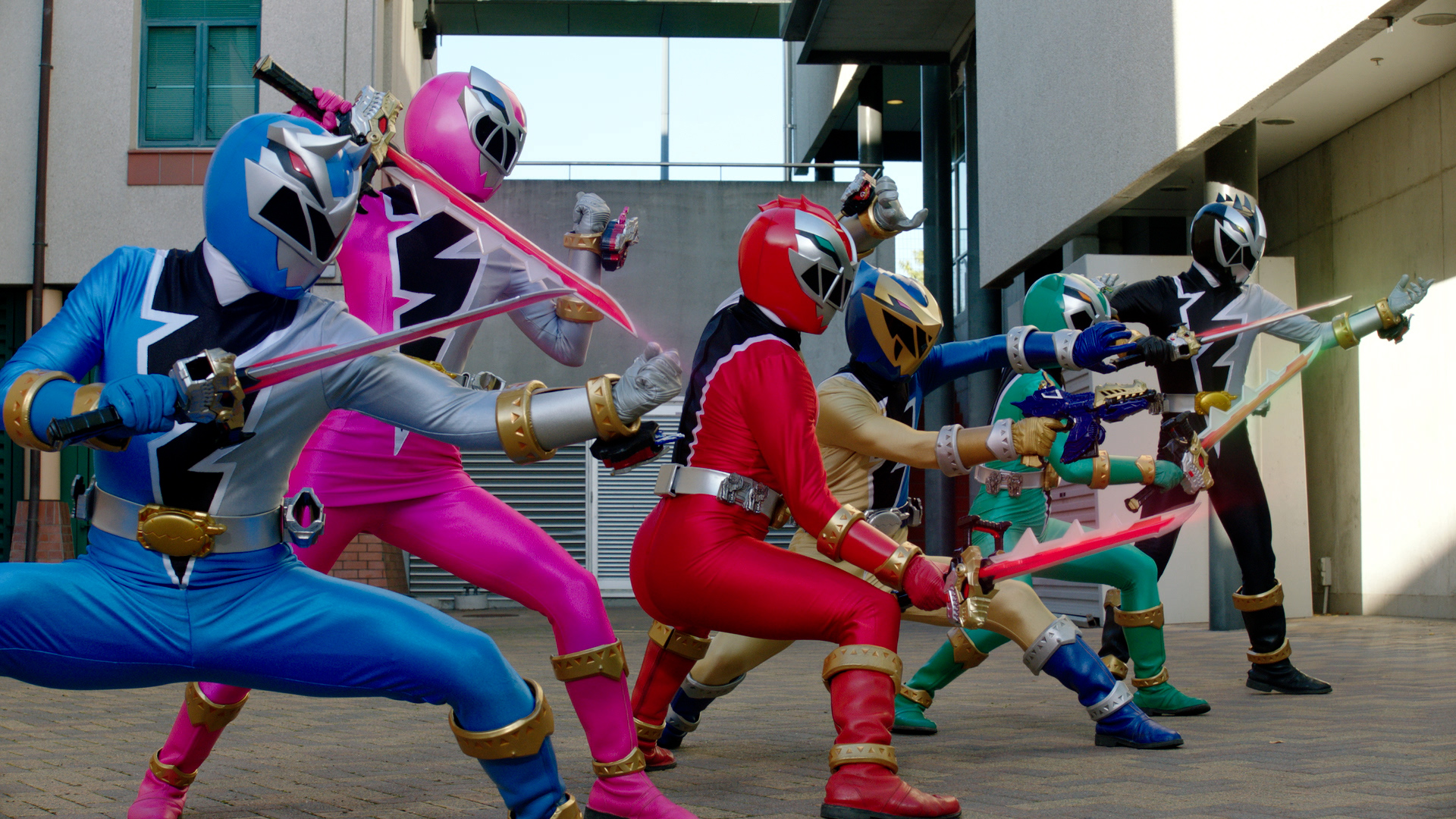How does Power Rangers stunt coordinator Akihiro Yuji Noguchi plan stunts?
Stunt mastermind Akihiro Yuji Noguchi plans action sequences using his 6-step process


Admittedly, the most exciting part of the Power Rangers franchise is the stunts. Those incredible jumps and seemingly gravity-defying backflips glue kids to the screen and make adults gasp with awe. How are these stunts planned? Have stunt performers much time to practice? Can you even rehearse wire stunts, and if so, how?
If there is one person who knows the answers to all these questions, that's Akihiro Yuji Noguchi, stunt choreographer and long-time Power Rangers 2nd Unit Director. Mr Noguchi is, in fact, the mastermind behind the incredible stunts seen in Power Rangers Dino Fury, available to stream now on Netflix.
"It's essential to innovate by constantly incorporating new things", he said in a recent interview with T3, "Fostering stunt performers who can understand and implement such [stunts] will lead to the advancement of the Power Rangers franchise." What's the actual process of planning these innovative action sequences, though? Mr Noguchi has a 6-step process to ensure that all stunts are performed safely and effectively.
1. Get an overview based on the script
"If I have any doubts or want to clarify information, I will check while exchanging opinions with the director, producer, screenwriter, etc." says Akihiro Yuji Noguchi, "The stunts required for the scene may be written in the script in advance. Sometimes it isn't easy to convey the image with just the text, so it is essential to align on a vision for the episode through conversation."

Stunt locations are explored before the shooting commences
2. Hunt for locations
"I will search for a location that suits the scene and check if it is suitable for action, such as seeing if it is possible to bring in a crane for doing wire stunts. I try to choose a location with a height difference. By doing so, the expression of the action becomes wider. For example, you can express the superhuman power of descending from a high place with a splendid technique or running up while fighting."
Sometimes, even in an ideal place for the whole scene, it can be challenging to do action, especially wire stunts. "It is difficult to bring in a crane for wire stunts. In such cases, it may be possible to perform wire stunts by setting wires on the pillars and beams without using a crane. Sometimes I have the assistant director arrange the schedule so that only wire stunt shots can be taken at different locations on different days", Mr Noguchi adds.
3. Take photos and videos
"I will take a video of the location and explain where and what kind of action I want to shoot or take a picture of a corner where the performers can do interesting actions and share it with them. By doing so, the performer can imagine the action they want to do there and can further expand during practice."
Get all the latest news, reviews, deals and buying guides on gorgeous tech, home and active products from the T3 experts

Even the most intense action scenes start on paper
4. Draw the storyboards
"I will draw the storyboard to represent the flow of the scene and the development of the action", explains Mr Noguchi, "The storyboard I create is based on location scouting and allows the team to see what we need specifically. At this point, I will list things required for the shot, such as art and special effects, in the storyboard."
"The shooting schedule of Power Rangers combines the contents of three episodes like a puzzle. In my case, a visually recognisable storyboard is very useful for instantly determining which scene is from which episode."
5. Update the stunt performers and ask them for their interpretation
"In some cases, I will give the stunt performers the opportunity to choreograph, keeping in mind the flow of the entire scene", Mr Noguchi says, "As for wire stunts, it is impossible to rehearse everything by the shooting date, so unless it is challenging, stunt performers must rehearse in their free time on the shooting date."
"They must complete wire stunts in a short amount of time, from rehearsal to principal photography. The cast also practices the action with the stuntman in the actors’ free time."

If a stunt is too violent, it's culled
6. Examine whether the action scene fits my vision and holds the theme
"Performers can show me the videos they took of their choreography or show me directly. I'll judge and adjust whether it's in line with the scene's theme", Mr Noguchi explains, "I also try to watch action movies, dance videos, music videos, etc., regardless of genre, to always keep new ideas in stock. Above all, I often watch Hong Kong action movies from the 1980s to the 1990s because they are packed with various ideas."

Matt Kollat is a journalist and content creator who works for T3.com and its magazine counterpart as an Active Editor. His areas of expertise include wearables, drones, fitness equipment, nutrition and outdoor gear. He joined T3 in 2019. His byline appears in several publications, including Techradar and Fit&Well, and more. Matt also collaborated with other content creators (e.g. Garage Gym Reviews) and judged many awards, such as the European Specialist Sports Nutrition Alliance's ESSNawards. When he isn't working out, running or cycling, you'll find him roaming the countryside and trying out new podcasting and content creation equipment.